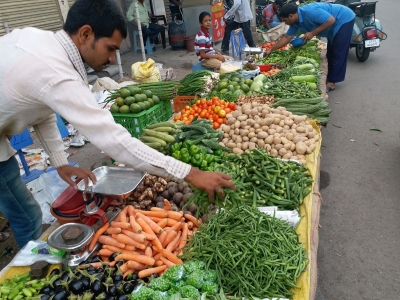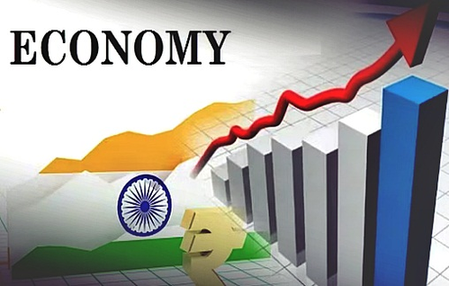
New Delhi, Feb 19 (IANS) Minister of Housing & Urban Affairs Hardeep Singh Puri on Monday said that India’s fast-growing construction industry is poised to become the third-largest globally by 2025.
“The construction industry is the second-largest employer in the country and has forward and backward linkages across 250 sectors of the economy,” the minister said while addressing at the inauguration of the National Workshop on Recent Development with Recycling and Use of Construction and Demolition (C&D) waste in construction sector.
He said that the government is constructing a built environment at a great speed.
Quoting the statistics about the country’s urbanisation demands, he said that India needs to add about 700-900 million sq. metres of commercial and residential space every year by 2030.
“If India is going to be a developed country by 2047, infrastructure will be a vital component in our ambition,” he said.
The workshop, organised by CPWD in collaboration with SINTEF Norway, gave an opportunity to the participants engaged in the construction sector to deliberate on various aspects of promoting the use of C&D recycle items in the construction industry.
Experts in the field of C&D recycle products/items are participating in the workshop for dissemination of their views and apprising the advantages on usage of above products in sustainable development.
May-Elin Stener, Norwegian Ambassador to India; Manoj Joshi, Secretary, Housing and Urban Affairs; and Rajesh Kumar Kaushal, DG, CPWD were among the dignitaries present at the event.
Acknowledging the environmental considerations, especially C&D waste associated with the construction sector, the minister, said that with increasing construction activity, it is imperative to find more efficient solutions to manage the C&D waste that will arise.
Talking about challenges and opportunities of C&D waste in India, Puri said that the construction and demolition waste is one of the largest solid waste streams in the world.
He said that as per estimates, the construction industry in India generates about 150-500 million tonnes of C&D waste every year.
“This brings many challenges to the forefront such as unauthorised dumping, a lack of space for disposal, and improper mixing with biodegradable waste. In this context, there is a huge demand for technologies that will support waste reduction and recycling waste material,” the minister said.
Highlighting the efforts of the government towards sustainable waste management, the Minister noted that the urban missions which were launched in 2015 are shining examples of the government’s green vision to adopt sustainable methods of infrastructure creation and service delivery.
The minister said that solid waste processing has witnessed a significant rise from mere 17 per cent in 2014 to more than 77 per cent in 2024.
“Now, we are transferring these capabilities in other forms of waste management, including C&D waste, plastic waste, e-waste and bio-hazardous waste. The government has released elaborate guidelines on these issues,” he added.
“Our government has released comprehensive guidelines across the value chain on effective disposal of C&D waste.”
Speaking on the strides made by the Ministry of Housing and Urban Affairs (MoHUA) in changing the mindset of all stakeholders towards C&D waste management, the Minister highlighted that MoHUA has advised all states, union territories and urban local bodies to collect data on C&D waste generation for every major city/town and promote the separation of C&D waste at source and establish institutional mechanisms for C&D waste collection.
Sharing his thoughts on the effectiveness of the government in C&D waste processing, Puri said that the NCR region alone generates 6,303 TPD of C&D waste per day and out of this, almost 78 per cent of the waste is processed per day.
In his concluding remarks, the Minister urged the stakeholders to help the government devise better strategies for the effective utilisation of C&D waste.
–IANS
sps/dan




